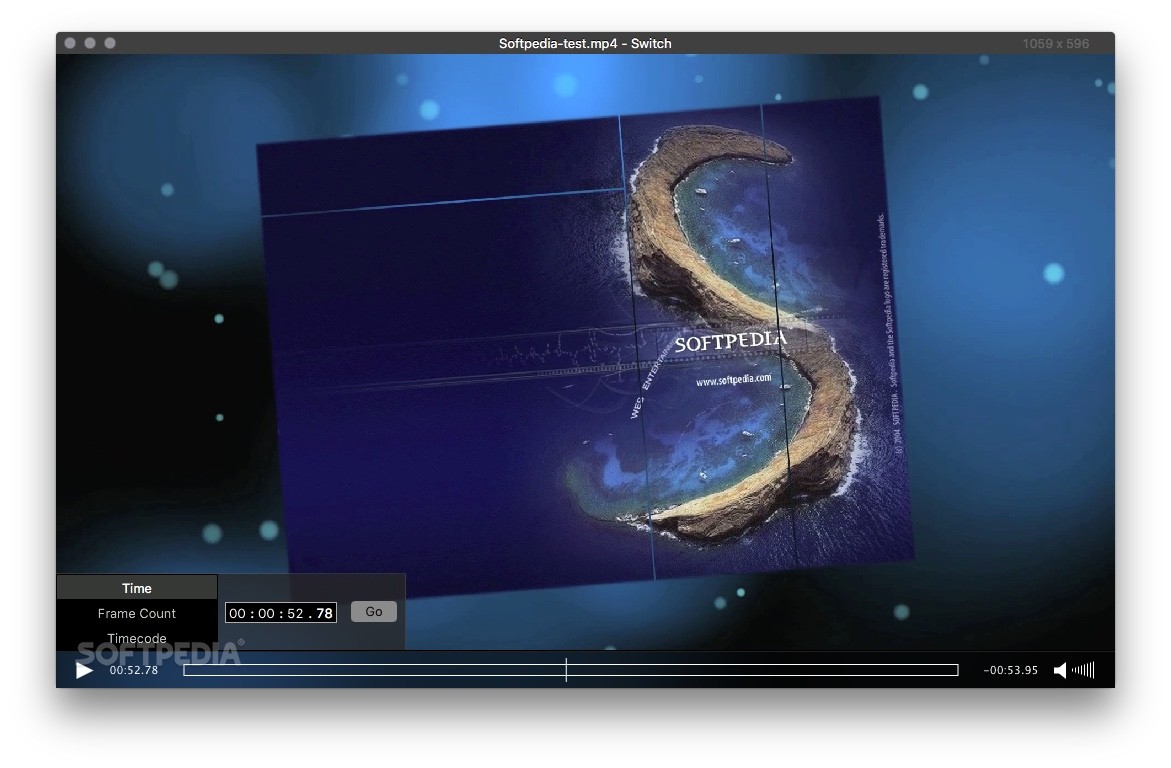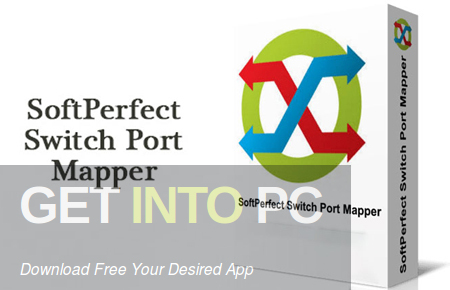
Olija is, in its simplest form, an action platformer game with a harpoon that lets you handle different areas. If you’ve played the incredibly dynamic Flinthook or used Zelda’s Hook, you’ll recognize the mechanics: pull hook, run with hook, repeat. The Harpoon can (and should) be used as a weapon as well, with a number of secondary weapons that you unlock as the game progresses.
The enemies you’re going to kill come in many different forms: gooey things with gaping jaws that exist primarily to be knocked out; enemies in human form with bows and swords; and bosses, who have various powers to reduce your health faster than you can say “call me Ishmael”.
Olija’s main character is Faraday, a man who lost everything in a shipwreck and finds himself stranded on this limbo island, helped by a mysterious sailor and a monster who is more than happy to sell you hats. Upon encountering a (perhaps magical?) Harpoon, he appears to awaken a curse that has gods and monsters chasing him. One day, he meets Lady Olija and is fascinated by her, but his assistants and guards quickly take him away, and Faraday finds he needs to see her again, no matter the cost.
Most of this story, however, has been learned through the various trailers and the game’s website. Olija’s story is a bit difficult to follow while playing the game, it is obscured by poetic dialogue and thick cut scenes. Pixel animation isn’t always the easiest to crack, especially at such a low resolution, and even more so when played in portable mode.
Olija’s aesthetic style is both her greatest asset and her greatest weakness. While the pixelated graphics convey little detail, the color scheme and animation is more than enough to get through much of the storytelling and horror without being too self-explanatory, making it even scarier. However, all enemies are similar in color, style, and size, making it very difficult to distinguish between types. In an action game, there is often some sort of “brute” that you want to take out first because they are the ones that do the most damage, but when they’re all angry, orange pixel drops, it is. is more of a game of luck.
Also, items and unlockables are sometimes nearly impossible to figure out. One thing can clearly be a necklace, but another is obviously a music box because the music literally comes out of it. It doesn’t matter that you can’t analyze things, but it looks like you’re watching a movie without your glasses on. Aesthetics is certainly a choice, and a brave choice, but not always pay.
There are also redundancies in the design. The money you get from smashing boxes and killing enemies can be spent on health upgrades and hats, but you’ll quickly find out you’ve bought them all not so far down in the story. The hats you can buy give you small buffs, like the ability to regain health whenever you hit an enemy, but some of the hat’s abilities seem too specific to be of much use, and there aren’t any. only a handful to do. choose, anyway. Regaining health is quite boring, as you are entirely limited to finding multi-level healing items or, better, a magic pool to drink. There is no agency for the player to decide when to heal, which makes some fights more difficult than necessary.
Still, there is a lot to impress in the way Olija chooses to tell her story. There are times when you feel like you’re watching this confusing movie of the madness of the sea, Lighthouse
, in the way the dialogue appears, the abrupt cuts to the dark, or the sections of forced march that create tension and drama (even if they are annoyingly slow). All of the characters seem a little off balance or completely heartless, resigned to their depressing fate. The music is booming, weird and haunting, with the occasional hoarse voice whispering Olija to send shivers down your spine. Every now and then it feels like the mood takes precedence over the simplification of the story, but hey, The Lighthouse did the same. It comes with the territory.
Platforms, like Flinthook, are wonderfully fast and dynamic, with plenty of secrets to uncover once you understand how the world works. Additional mechanics, such as the ability to carry an electrical charge in the harpoon, can be hard to come by, but generally there isn’t much of a penalty for having to try again. The combat is quite fun, with secondary weapons including a rapier, pistol, and crossbow, which change all fights in interesting ways. Later in the game it gets really confusing, and although the puzzles are very light in difficulty, they are entertaining and interesting nonetheless.
Most levels end with a boss fight. There are powers and beings on these islands who do not agree that Faraday has the harpoon, for various reasons, and will try to kill you. The boss layout is quite varied, but since the fighting skills are so limited, it’s a little game in terms of unlocking, it can get repetitive and boring quickly. Faraday isn’t really designed to do big damage, so boss fights are often about dodging and getting a little hit where you can. Boss arenas, like the rest of the levels, are extremely wide but not very high, making a lot of movement difficult. Still, boss fights can be pretty fun, it can just be more fun with more options.
In some ways, Olija is incredibly tight and well designed. It’s a game with a small and specific scope, and the limited amount of weapons, levels, hats, and enemy types are one of them. It is not bloated and does not overcompensate: it knows what it wants to be and gets there in a few hours of play. It wouldn’t make sense to want more when your whole design wants to be. compact. Still, there are times when your design doesn’t have the impact you might expect. Because the harpoon is powerful, fun, and downright cool, hats and side weapons tend to make you feel like you’re treating yourself to fast food for dinner while you’ve just eaten wagyu meat for lunch. .



